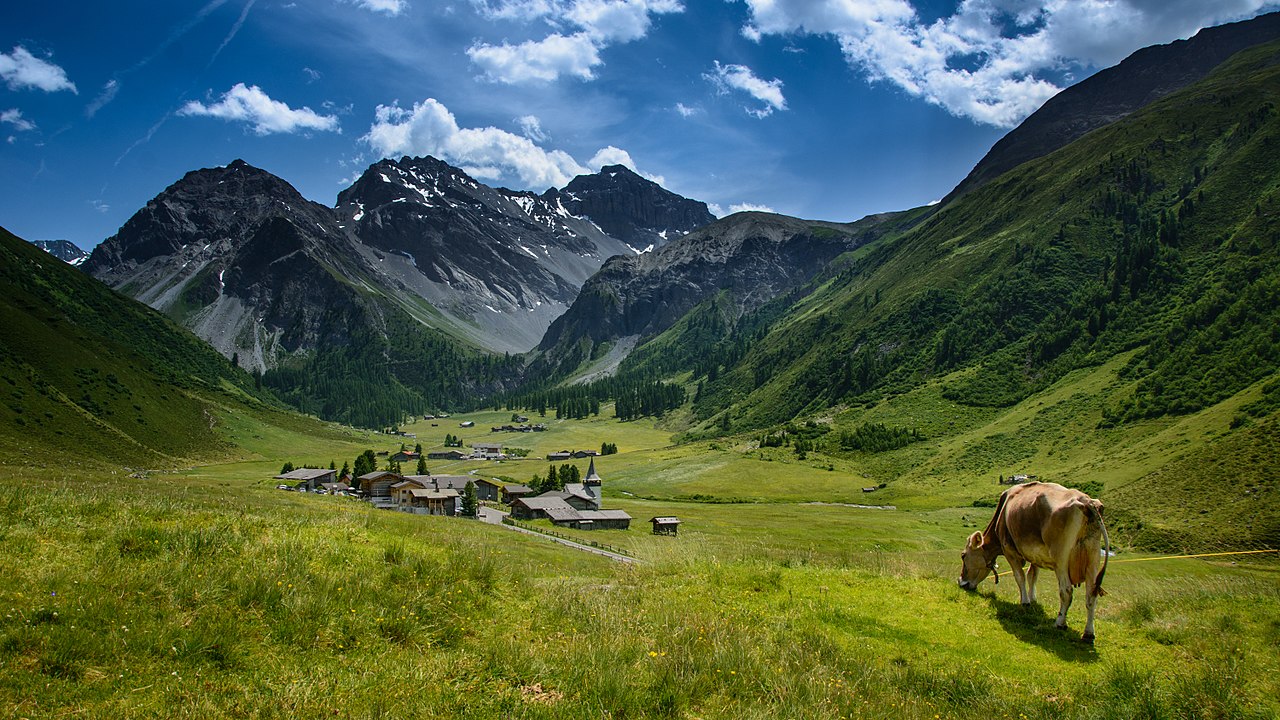
All the Swiss customs They respond, for the most part, to Central European or indigenous traditions that affect many aspects of life in the country. These areas range from shepherding to festivals through gastronomy, behavior habits or music.
Despite its small size, the Swiss country has a large number of customs that are engraved in the way of being of its inhabitants and that, perhaps, will surprise you. Many are common to the rest of Europe such as celebrating christmaswhile others are truly indigenous and have their roots in the nation's past. But, without further ado, we are going to show you some of the most peculiar customs of Switzerland.
Swiss customs: from languages to gastronomy
We will begin our tour of the customs of Switzerland by speaking to you about their languages. Then we will continue looking at other aspects such as music or parties and, finally, we will end up focusing on the delicious gastronomy of the Swiss country.
Swiss languages
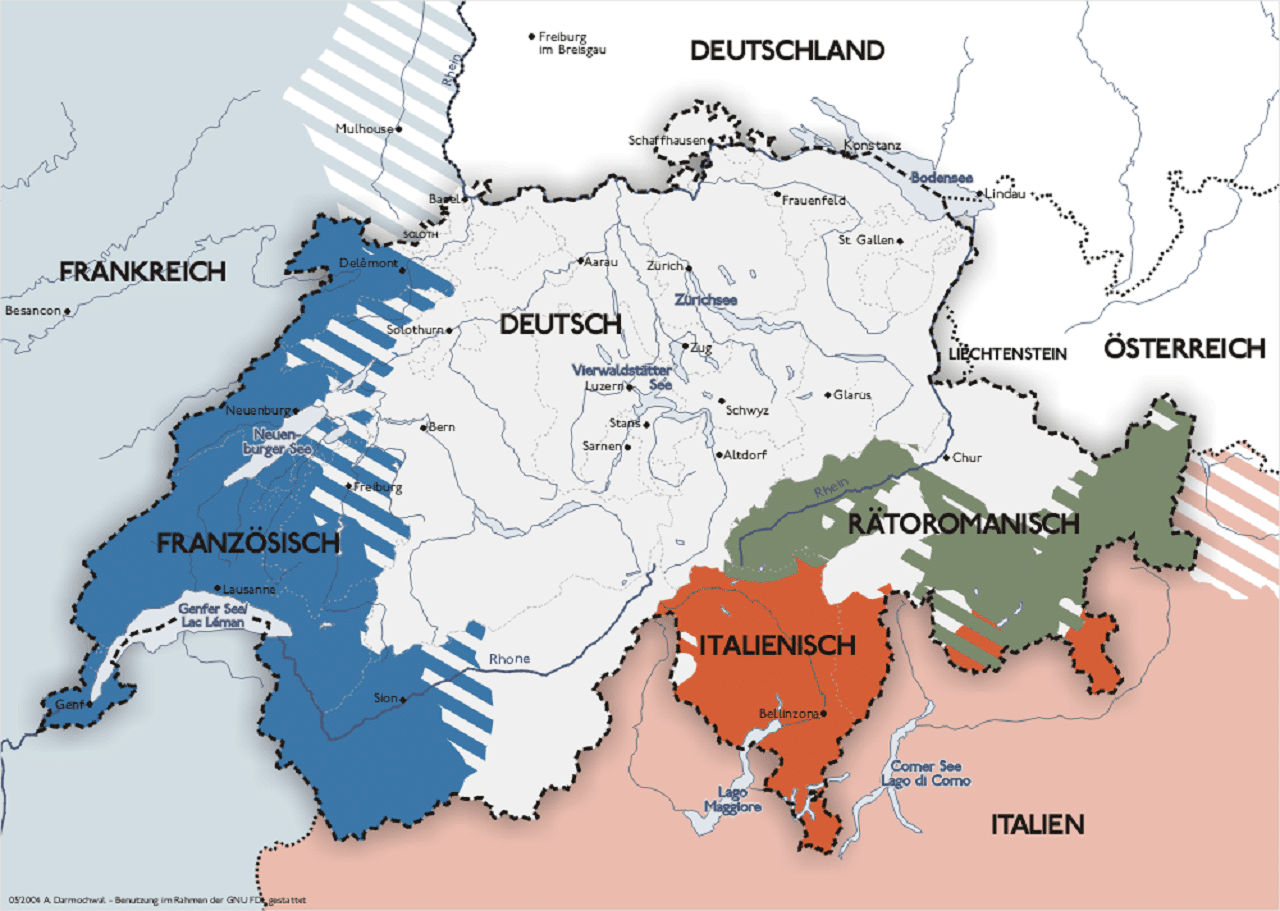
Language areas of Switzerland
Due to its geographical location, Switzerland is where various European cultures intersect. For this reason, it has three official languages and another partially recognized that respond to the origin of the populations that compose it.
The majority language is called Swiss German, which speaks almost sixty-four percent of its inhabitants. It is very important in the northern, eastern and central cantons of the nation. In addition, most of the radio and television networks use it.
It is followed by number of speakers by French, used by almost thirty-nine percent of the population and the majority in the west of the country. In addition, in the area of Romandie dialects of Franco-Provençal are preserved, such as Vaud or neuchatelois.
The third language of Switzerland is Italian taste, which is used by fifteen percent of its inhabitants and which, logically, predominates in the south of the country. There is also a Lombard dialect: the tesinese.
Special mention we must make you peculiar romansh. It is also an official language, although government documents are not required to use it. It is spoken in the canton of Graubünden and the total number of people who use it represents 0,6% of the population. You will be interested to know that it is a Romanesque language related to Ladino and Friulan that are spoken in northern Italy, although it has evolved more phonologically than these.
The peculiar music of the customs of Switzerland
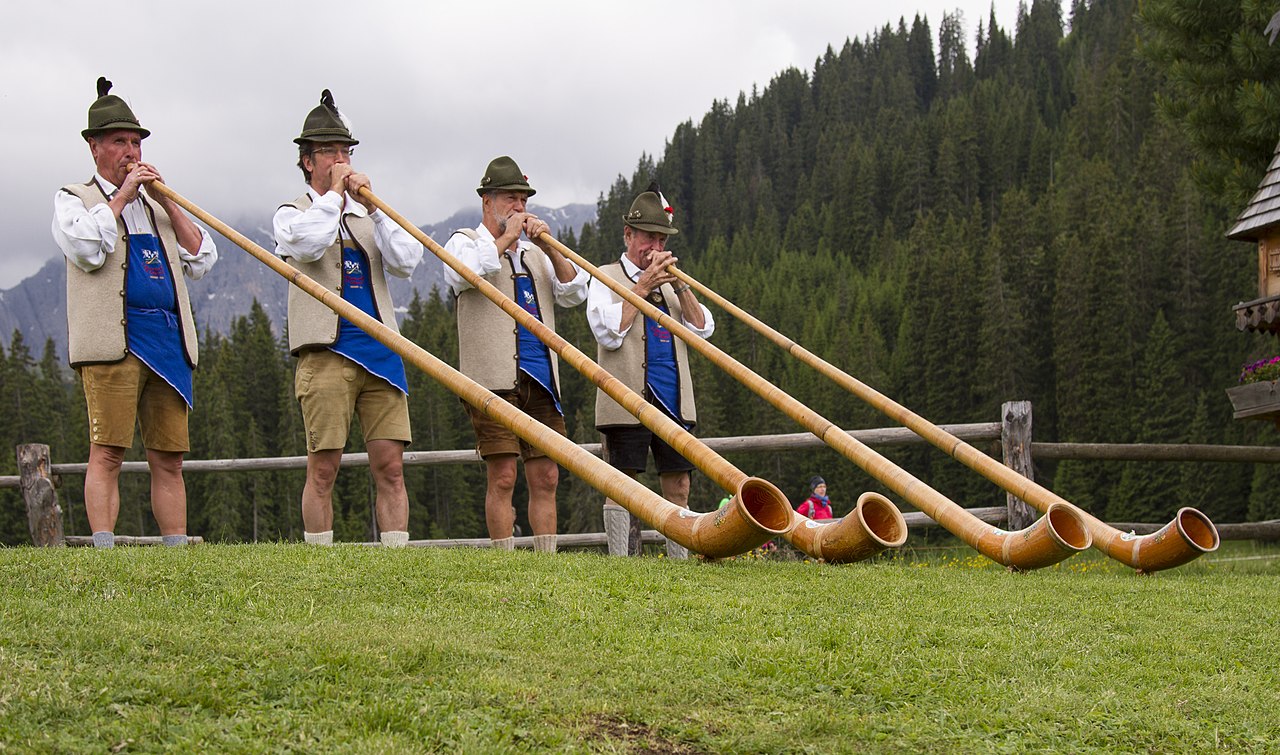
Various musicians performing with the alpine horn
We don't have to tell you that in Switzerland you hear the same music as in Spain, France or the United States. But, like these nations, it also has its traditional music and you will find it very curious.
The instrument par excellence of the country is the call alpine horn. Made of wood and with a length that ranges between 1,5 and 3.60 meters, it is straight and with a flared end. It emits harmonic sounds similar to those of the trumpet, but its origins are very ancient.
At least, it dates back to the XNUMXth century, when it was used to call cattle in the Alpine area and also to communicate between the farmers themselves. But it is also used to interpret traditional alpine songs and, curiously, it has similarities with other instruments from the Pyrenees, the Carpathians and even the Andes mountain range in South America.
On the other hand, the Swiss also have a traditional song. It is the famous tyrolean. It is characterized, as you have seen many times, by sudden changes in tone, ranging from low to high in the form of falsetto. However, it is not unique to Switzerland. It also belongs to the Alpine culture in general, which is why it is interpreted in Austria, northern Italy and even Germany. But, curiously, there are similar songs as far away as Scandinavia or Central Africa.
The festivities, essential in the customs of Switzerland
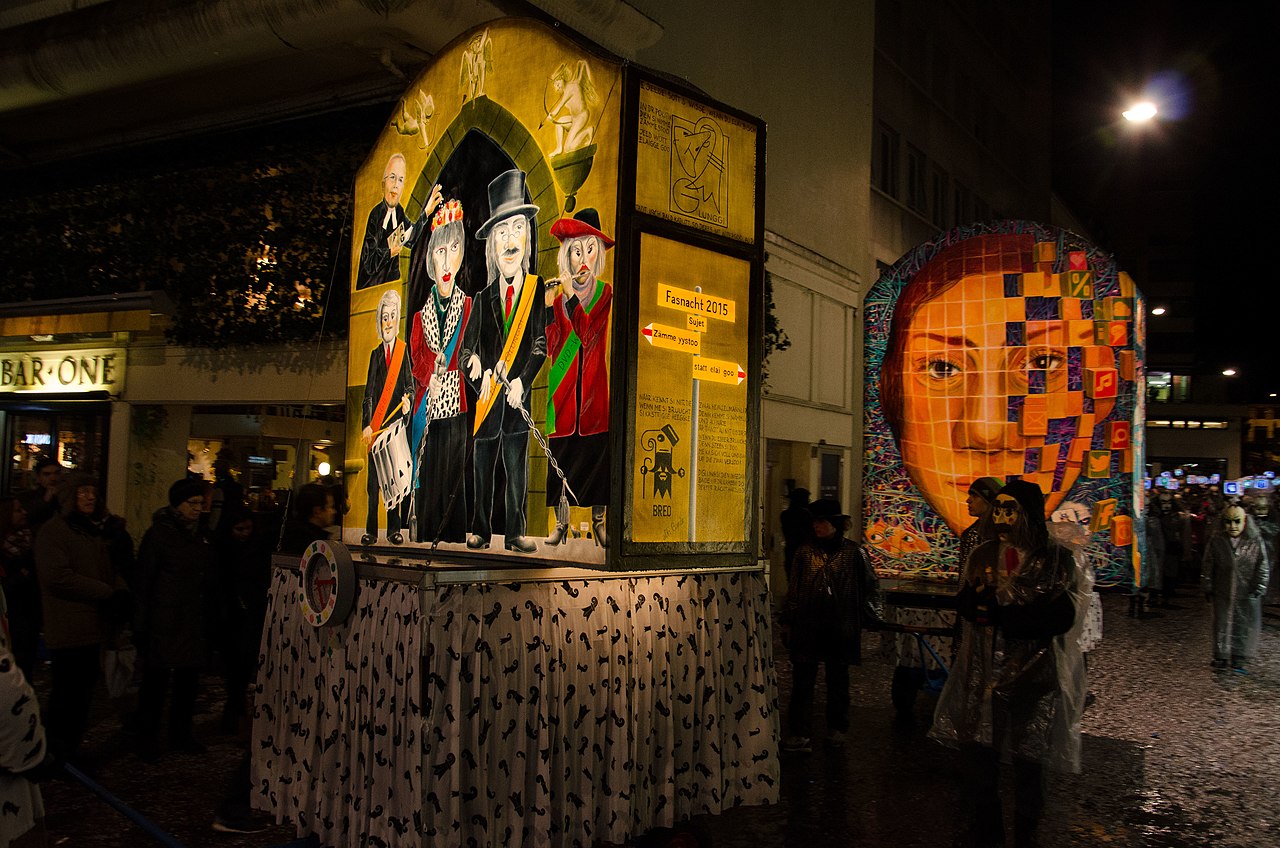
Basel Carnival
The Swiss country celebrates its National holiday August 1291st. It commemorates the so-called Federal Pact of XNUMX, where the three existing cantons agreed to create the necessary conditions for unification as a country. Throughout its territory, festive events are held. But a curiosity of the celebration is that it is allowed to launch fireworks to any individual.
Another very important celebration in Switzerland has to do with the transhumance of cattle. Although, really, we should tell you about two holidays. Because they occur in early summer and autumn. On the first date, the shepherds take their cows to the Alpine mountains to graze freely, while on the second, they return them to the stables. But, in both cases, they are adorned with flowers and cowbells and paraded in procession.
On the other hand, among the customs of Switzerland there are also other festivities of a local nature, but which are of great importance throughout the country. For example, it is the case of head of the goose in Sursse, of which we will not talk to you better; of Basel carnival or winegrowers' festival in Vevey, which has been included in the Intangible Cultural Heritage of Humanity by UNESCO.
Swiss crafts
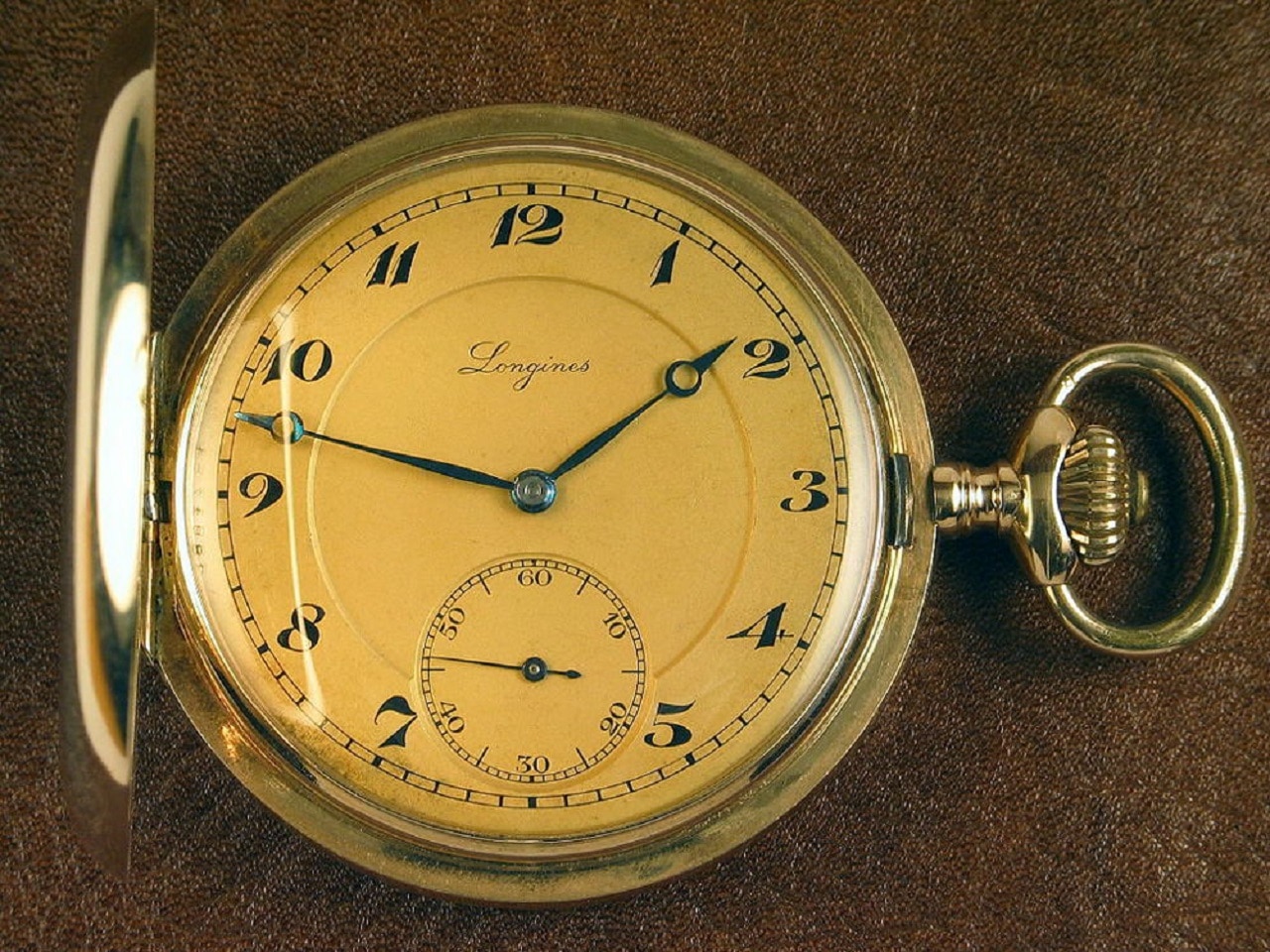
Swiss pocket watch
Along with the famous pocket knives, the Swiss country has an interesting artisanal embroidery industry. It is famous that of St. Gall, which dates back to the seventeenth century and stands out especially for its work in cotton and linen. The same can be said of Neuenburg bobbin lace and the silk industry in Zurich, dating back to the XIV.
Different is the traditional wooden sculpture of Brienz, the result of which is the Swiss Museum of Carvings and Sculptures, as well as the peasant pottery of Bern, which began in the XNUMXth century and has international recognition.
But, if Swiss craftsmanship stands out for something, it is because their watches, which have become one of the country's national industries. However, it is not an indigenous Swiss custom. She was taken to the city of Geneva by the Huguenots who took refuge in it during the XNUMXth century.
This craft soon spread to other areas such as Neuenburg, where wonders such as Taschenuhren pocket watches or pendulum watches were created. Since then, the Swiss have positioned themselves as manufacturers of these high-end pieces, although they have also reached milestones such as the first waterproof watch or the first quartz. So much is the prestige of the Swiss as watchmakers that it has been proposed to include their crafts in the intangible heritage of humanity.
However, another tradition of the Swiss country born at the same time as the watchmaker is less well known. We talk about the manufacture of automatons and music boxes. As early as 1770 the brothers Jaquet-Droz They presented three androids that surprised all over Europe.
For its part, the music box is due to Antoine favre, who presented it in 1796 to the Geneva Society of Arts. But its manufacture soon spread to regions such as Holy Cross o Geneva.
Gastronomy
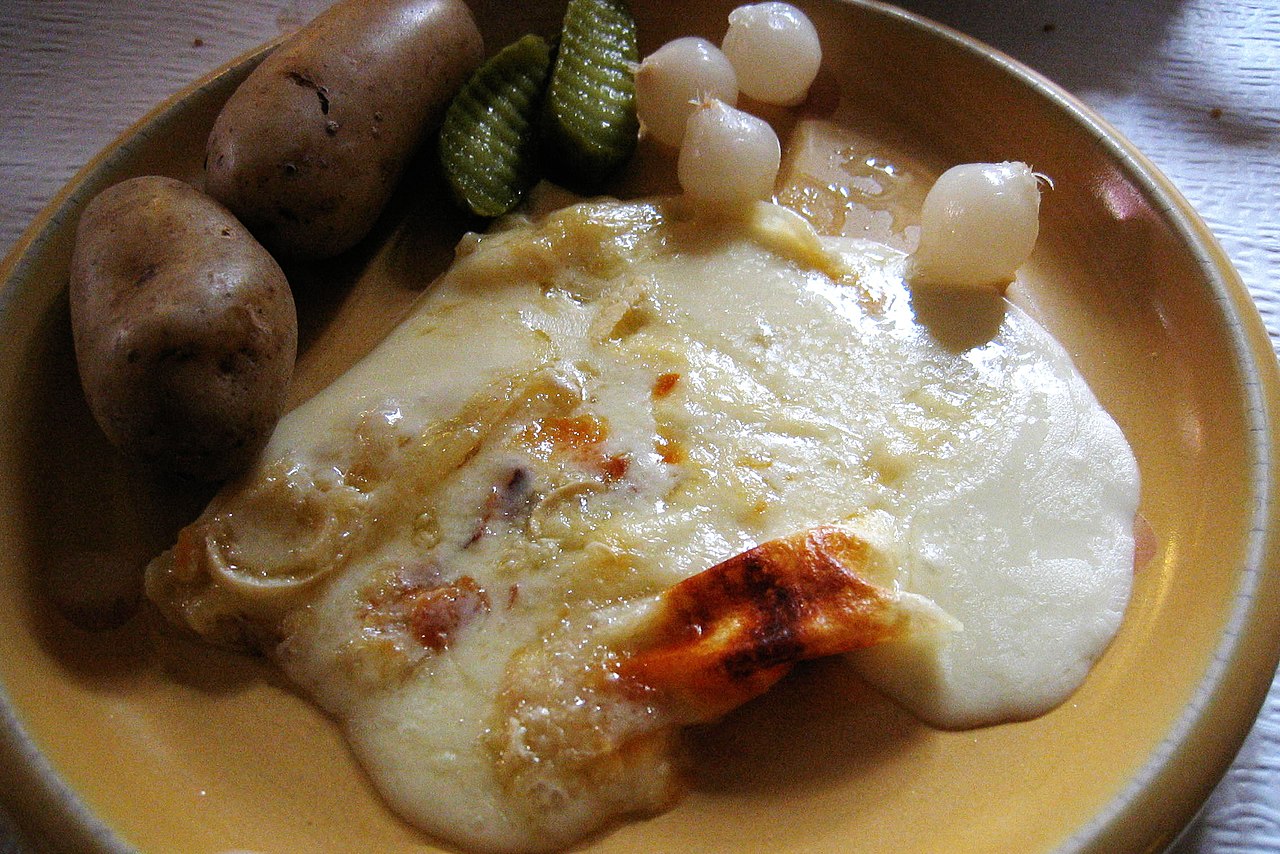
A plate of raclette
Finally, we will end our tour of the customs of Switzerland by talking to you about gastronomy. Regarding her, something similar to what we explained about watches happens. It is famous all over the world the chocolate of the Swiss country.
However, as you may know, this product came from America in the XNUMXth century. In any case, Swiss chocolate soon gained international fame thanks to recipes such as its mixture with Alpine milk, due to Daniel peter, or chocolate melting, created by Rodolphe Lindt.
The other quintessential Swiss product is the cheese. Its varieties are so numerous that you could travel the country trying them (there are about four hundred and fifty). Much of the blame is also due to the magnificent milk from the Alpine herds. Among the nation's most popular cheeses are Gruyere, the aromatic Appenzeller or sbrinz, cool type.
From this product comes one of the typical dishes of Switzerland: the fondue, which is nothing more than melted cheese that is eaten by dipping pieces of bread held by a special fork. It is served in a ceramic pot called a caquelón. A kind of variant is the squeegee, which contains, in addition to melted cheese, cooked unpeeled potatoes, onions, cucumbers, vinegar and mustard.
In turn, the älplermagronen It is a dish that includes gratin potatoes, macaroni, onion, cream and cheese and is served with a garnish of sifted apples. And the rösti It is a kind of potato omelette, but without an egg, since it binds with the starch of the tuber itself.
As for the Swiss breakfast, perhaps the most popular is the so-called bircher muesli, which is made up of lemon juice, condensed milk, rolled oats, grated apples and almonds or hazelnuts.
In turn, the zürcher geschnetzelte It is beef served with cream sauce, mushrooms and rösti. And the beer It is the Swiss version of German sausages. Regarding drinks, the Apple juice It is very popular and so is cider and wine.
In conclusion, we have shown you some of the Swiss customs. But there are other very curious ones such as those related to their regional costumes; the calls harvest holiday, today reduced to a holiday in which sausages are eaten and wine is drunk, or the peculiar national sport of the country: the hornussen, which consists, broadly speaking, of throwing a disc as far as possible. Knowing all these traditions of the Swiss country, you just need to go visit it.